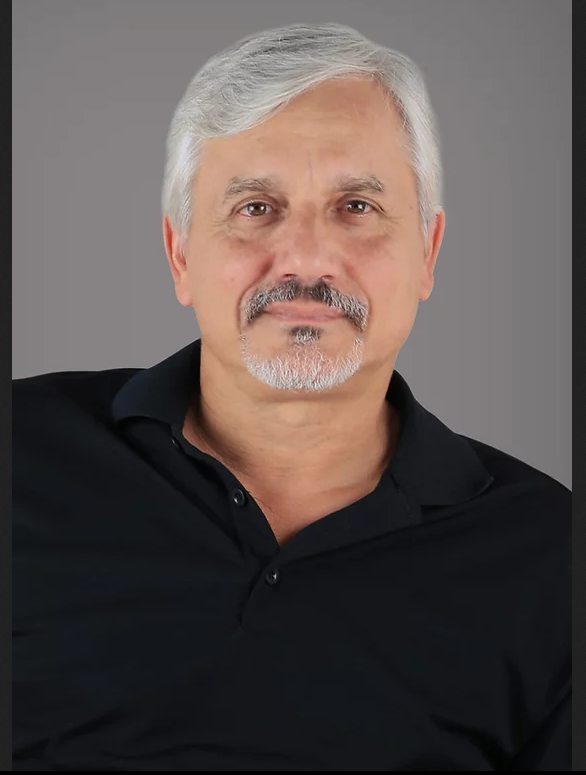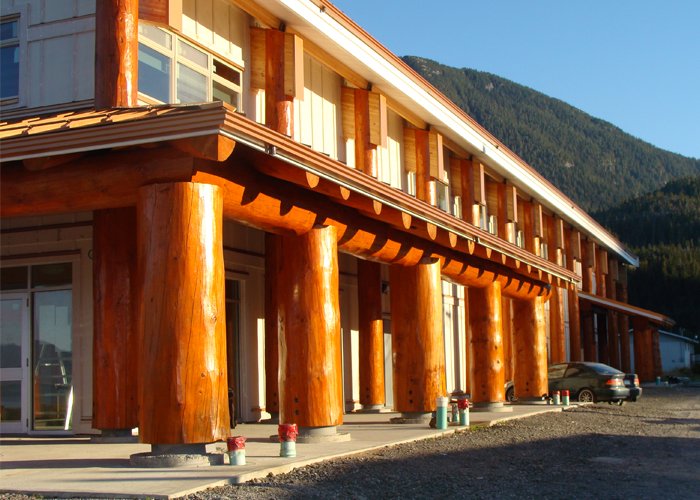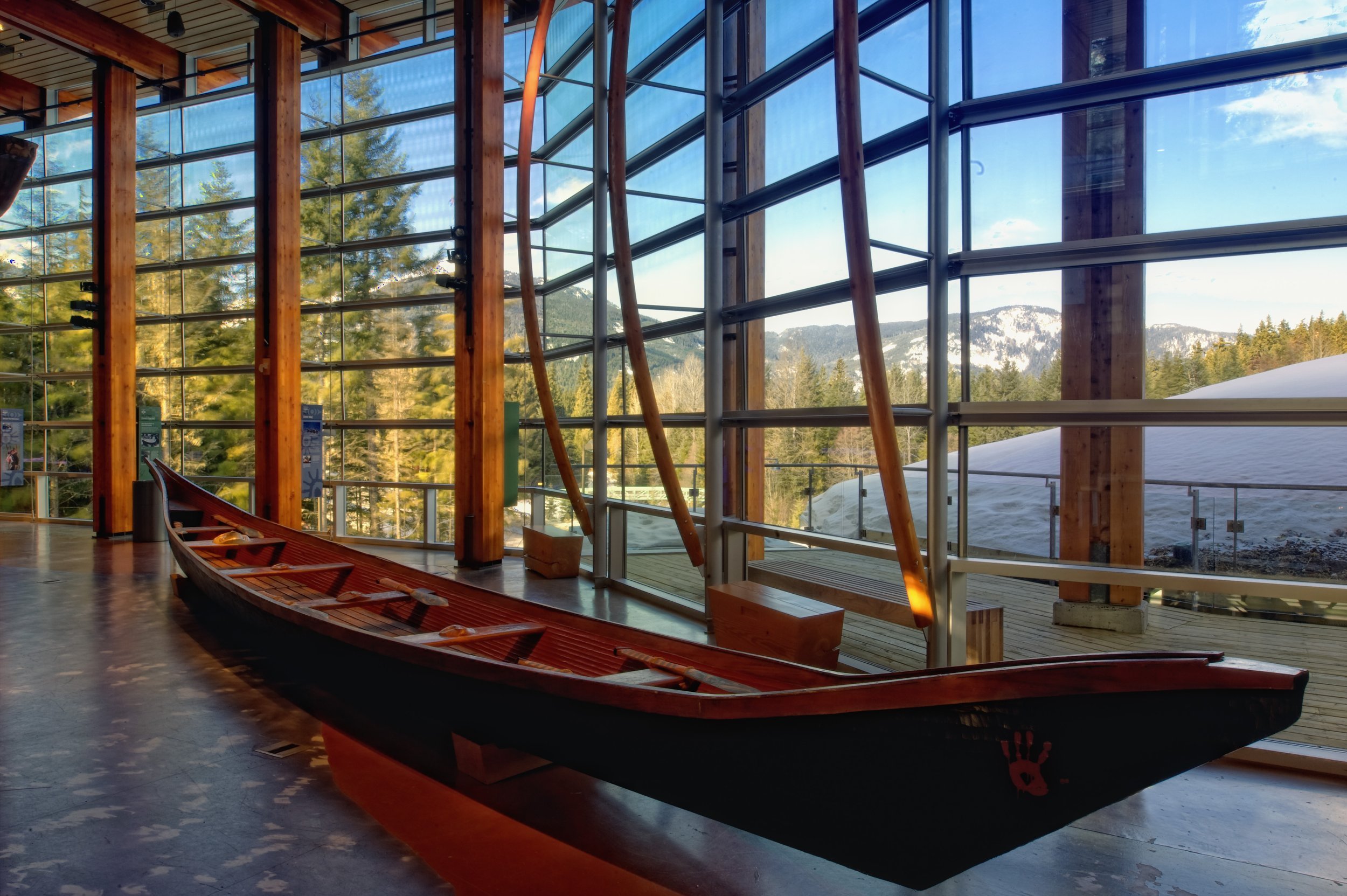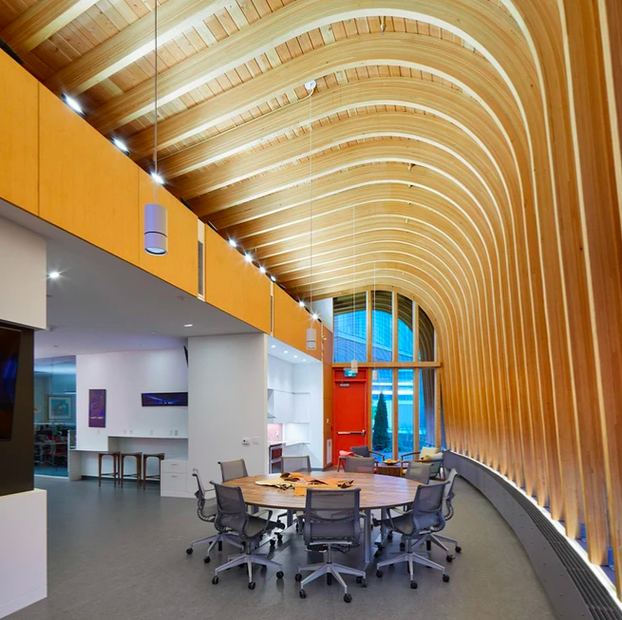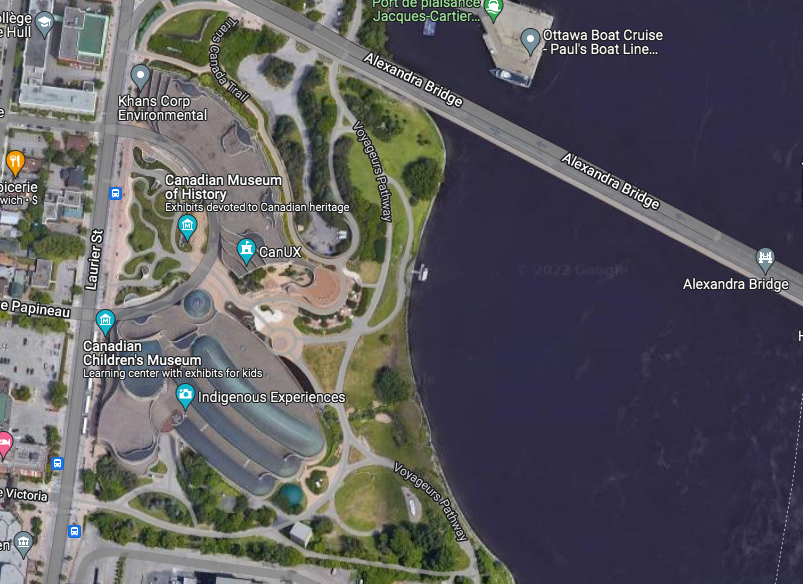REPRESENTATION OF INDIGENOUS DESIGN
On September 30th, Canada observes National Day for Truth and Reconciliation to acknowledge the history and lingering effects of the past and ongoing treatment of its Indigenous populations. We wish to acknowledge that we live and work on the lands of the Coast Salish Peoples, including the territories of the Xʷməθkʷəy̓əm (Musqueam), Sḵwx̱wú7mesh (Squamish), Stó:lō (Sto Lo), and Səlilwətaɬ/Selilwitulh (Tsleil-Waututh) Nations.
In our efforts to commemorate the day and the survivors, we at Jamie Banfield Designs wish to highlight some of Canada’s own Indigenous designers and architects. We aim to showcase and appreciate their designs not just to find inspiration in their work, but to recognize that there is more to be done in order to usher in a future for more Indigenous spaces in Canada.
What is Indigenous Design
The creations that inspire us daily all represent the cultures of various places and people, and we should remember that “Indigenous design” is multi-faceted and defined by multiple sources, locations, and traditions. “Indigenous design,” as it is referred to here, only describes design that is created by members of Indigenous cultures and is not meant to encompass one overarching design style.
Anyone with an eye for the creative can appreciate not only the aesthetic but the impact of Indigenous-made designs. From Douglas Cardinal’s signature curvilinear forms to Alfred Waugh’s sustainable designs, many Indigenous designs showcase consideration for elements in the world around us.
We want to use some design principles to highlight these inspiring designers. These design elements include but are not limited to:
Balance & Harmony;
Natural & Organic materials;
and Environmental Relationships.
Here are a few ways some Indigenous designers have utilized these principles in their work.
Balance
Aesthetically speaking, the balance portrayed in design comes down to how it visually conveys harmony. The colours, shapes, and textures used all have their own visual value, which can be portrayed with symmetry or a monochromatic palette.
However, balance also denotes when contrast can be used as well. Harmony suggests linear and even patterns, but it’s also like a scale—too much of one thing and it’s out of balance.
The unique masonry of the Cardinal Residence balances out the harshness of the brick by forming flowing shapes.
Balance carries a feeling of stability. It is about how features relate to each other, how they interact or weigh against one another. The lines of pillars in Patrick Stewart’s Gingolx Community hall run in even rows for linear balance.
The roofline of the Scarborough Indigenous House at the University Of Toronto and the Mi’kmawey Debert Cultural Centre in Nova Scotia leads the eye upward and promotes gathering and a sense of connection.
Nature
The materials used in Indigenous design tend to be natural, such as timber, stone, and even water. The texture of real, organic materials promotes a sense of place and appreciation for the space around us.
Many architects choose to highlight the views of nature around them with large walls of glass windows, and other natural light sources such as skylights.
But it’s not only what it's made of that brings one into nature, it's the way they provoke the image of nature. A key characteristic of organic architecture is glulam posts crafted as free formed shapes like water or smoke. O'syiam Pavilion in Squamish matches both the ocean waves and the surrounding mountains in its wavy form.
Environmental
Many Indigenous-made designs highlight or even become the spaces they occupy. The Xa:ytem Pithouse & Longhouse in Mission literally becomes a part of the landscape.
On a similar level, the Lillooet Nature Centre plants itself in the ground so that the nature that surrounds it takes center stage.
The Canadian Museum of History takes its form from the Ottawa river. Douglas Cardinal explains that “the whole building relates to the river” in contrast to the Parliament building on the other side. Its contours, shapes, and layout complement the ebb and flow of water and further cement it as an accent of the natural landscape.
For the Day of Truth and Reconciliation, we wished to run through a few of our favourite design principles and the Indigenous architects and designers who utilize them. As we design spaces within their land, we believe that there should be more Indigenous designing in Canada. Representation is one of many steps that can lead to reconciliation. Therefore, we aim to showcase and appreciate them and their designs and find inspiration from their work.
Special thanks to:
Lauren Bringloe
Douglas Cardinal – Douglas Cardinal Architect
Eladia Smoke – Smoke Architecture
Patrick Stewart – Patrick Stewart Architect
Brian Porter – Two Row Architect
Alfred Waugh – Formline Architecture + Urbanism








